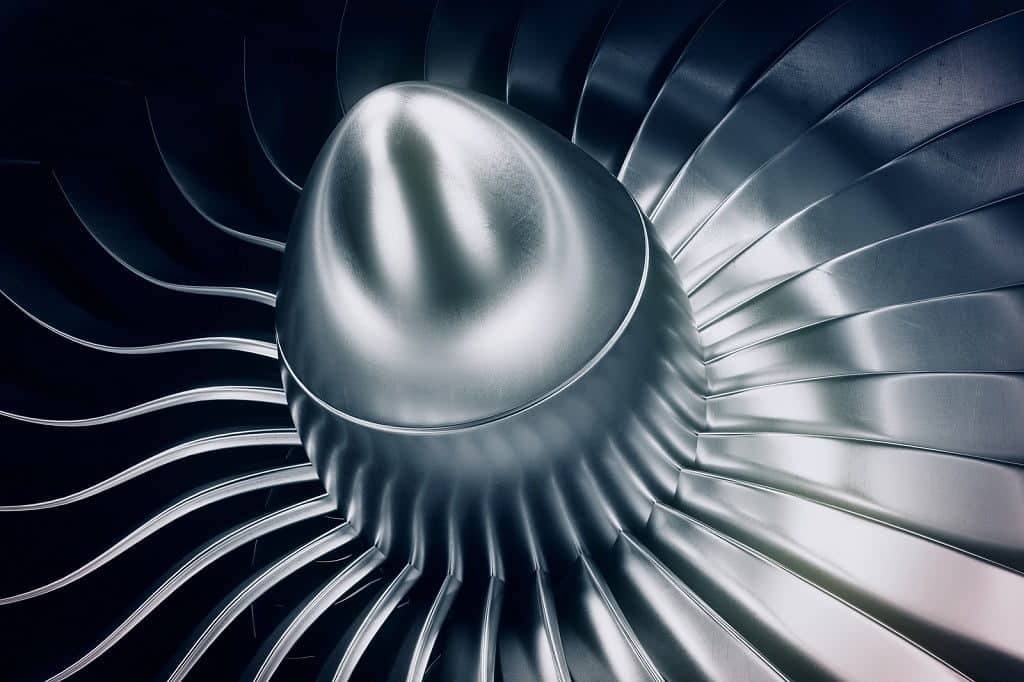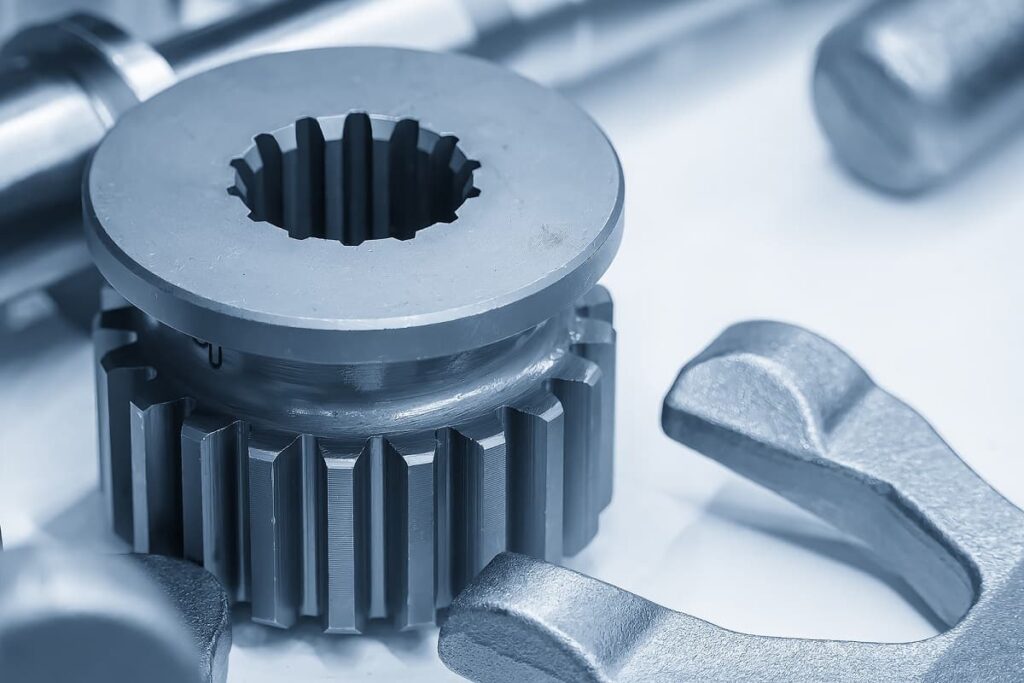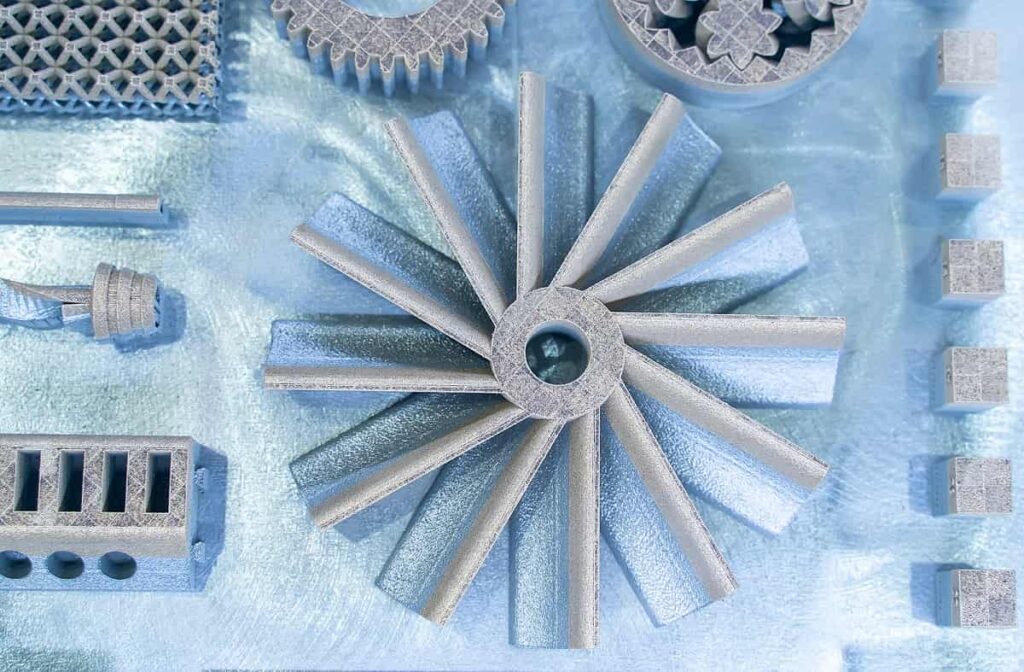What’s Happening with 3D Printing Stock Titomic (TTT)?
Table of contents

For your average John Doe investor with a brokerage account, investing in disruptive technologies like 3D printing can seem futile. Even if you can avoid the over the counter (OTC) companies pretending to be pure-play stocks, investing in actual pure-play stocks may empty your wallet simply because the entire business model changed. Even if you don’t try to cherry pick the next Microsoft and choose the “safe” option of investing in a 3D printing ETF, you still might not be putting your chips in the right places. Take for example the ARK Invest 3D Printing ETF (PRNT) which is based on the Total 3D Printing Index. About six months ago, one of our MBAs began going through the “3D printing stocks” in this index looking for interesting stocks to write about. The two stocks we covered so far didn’t have much to do with 3D printing, but were intriguing discoveries nonetheless.
- Investing in IoT and Augmented Reality with PTC Inc.
- Altair Engineering Stock is a Play on Simulated Design
Today’s task was to write about one of the top ten stocks in the ETF we hadn’t looked at yet – Titomic (TTT:AU). We were surprised to see that in just six months’ time, Titomic no longer appears in PRNT. Trying to figure out why an index provider drops any constituent is an exercise in futility. Ask them and all they will do is point you to their methodology document. Before this stock drops off everyone’s radar, let’s try and figure out what’s happening with Titomic. (We’re converting all numbers to greenbacks since the majority of our readers hail from ‘Murica.)
About Titomic


Instead of competing with all the companies that print small parts, Titomic plans to focus on producing very large parts. Let’s fast forward to their latest annual report for year ending June 2019 which is the last filing document where we can look at numbers as opposed to their monthly investor updates which talk about how much potential the company has.
We’re not bullish on little-known micro caps as we’ve seen far too many of them over-promise and under-deliver for years before the entire company goes under. There are countless examples of this, and whether or not the management teams are acting maliciously or not, it’s usually John Doe retail investors who end up holding the bag having lost money that they probably couldn’t afford to lose in the first place. Titomic’s job is to constantly sow the seeds of optimism throughout their shareholder base, and there’s enough of that to go around at the moment. We’re going to point out what we think investors ought to be concerned about – and it’s not just the falling share price.
3D Printing Rockets
The September 2017 IPO announcement by Titomic talked about how they were “building one of the largest metal additive manufacturing machines in the world at its manufacturing facility in Melbourne.” They’re now taking it to the next level. The introduction to Titomic’s annual report immediately begins talking about the investments they made to enhance their Melbourne 3D printing Bureau “as a Smart Factory of the future by utilizing agile and Industry 4.0 best practices.” It’s one of many instances where we see buzzwords and grandiose nomenclature to describe nothing that appears to affect the bottom line. In August of last year, they printed the largest 3D printed unmanned aerial vehicle (UAV), then one of our MBAs came across an article in November titled “Titomic assembles world’s largest titanium rocket via ‘additive manufacturing,’ ” which raises some eyebrows, until you read the fine print.
Maybe it should say “Titomic prints largest titanium sculpture ever seen at a conference display booth” – that is, of course, unless it was fitted with a functioning engine and they shot it into space during the conference happy hour. We fully understand how marketing functions, but for investors, this isn’t a particularly thrilling announcement when you consider that Kiwi startup Rocket Lab is using 3D printing in actual rockets. The main engines for their launch vehicle are 3D printed, including all of the primary components of their combustor and propellant supply system.
That’s great that Titomic created a Titomic Space Division headed up by an experienced NASA satellite program lead, but we’re interested in hearing about what sort of revenues are being generated by their Melbourne Bureau that they’ve recently upgraded to Industry 4.0 and are now talking about duplicating around the world. We’d expect their revenue growth to be meaningful given the tremendous revenue growth we’ve seen with other distributed manufacturing stocks like Protolabs. So, how much revenue growth are we seeing at Titomic?
Titomic’s Revenues
Titomic headlines their latest annual report with the below statement (we’re paraphrasing a bit here):
- Revenue for ordinary activities up +450% to just under $1 million
We always hate it when companies say things like “revenues up +600%,” and then don’t tell you what the ending point is. In this case, the ending point is revenues of $1 million in 2019. That’s a drop in the bucket, but that’s not even the entire truth. Most of that “revenue” is actually an R&D tax incentive which hardly qualifies as revenues in our book. Revenues from contracts with customers in 2019 actually come in at $296,432.74 – or about what they spent in the same year on travel, marketing, and promotion. In other words, they haven’t been able to achieve any meaningful revenue growth since their IPO. Even in the face of the company’s growing losses, we would at least expect to see meaningful revenue growth. Given the distributed manufacturing theme has been seeing such strong growth, this requirement is non-negotiable.
Raising Money and Losing Money
You have to have money to make money, as the saying goes. Titomic continues to raise capital by issuing shares which isn’t abnormal for small companies, but the frequency is a bit concerning. In 2019, they burned through about $5 million or about double what they burned through in 2018. Their last quarterly update shows that they raised $4.72 million from selling more shares and burned through about $1.15 million in the same quarter. All things being equal, they have enough cash to last them about a year before having to raise again. In the same quarterly update, they brought in revenues of about $19,553, which is very concerning when you consider what revenue targets they’ve told investors they plan to hit (more on that in a second).
This is a good segue into talking about why Titomic may have been dumped from the ARK Invest ETF (a decision that would have been made by the provider of the underlying index). Share price performance for Titomic has been sweet and sour – sweet if you bought shares prior to the IPO, and sour if you bought them a few months afterwards. Historical performance is no indicator of future performance, but we’d wager that this decline in share price is what may have triggered the exit of Titomic from the Total 3D Printing Index. That’s because most index providers have market cap requirements that need to be met. If shares of a company fall too far, it gets kicked to the curb. Speaking of which, here’s what investors need to watch for before deciding to kick Titomic to the curb.
What to Watch For
Titomic has said an awful lot about how much potential they have when it comes to revenues, and they’ve put their money where their mouth is. When companies commit to hitting targets, investors need to hold them accountable for hitting those targets. Here’s what Titomic said in their last annual report.
There it is. The line has been drawn in the sand. These revenues need to show up as “revenues from contracts with customers,” not some R&D tax rebates that get force-fed into revenue growth numbers. Last quarter, Titomic saw revenues of about $19,553, which means this coming quarter should be huge.
Conclusion
At this point, we wouldn’t take a punt on this company even if we had loads of cash laying around to speculate with. Why? Because if we want some exposure to the distributed manufacturing theme, we’ll pick up some shares of Protolabs, a $2 billion market cap company that has the revenue growth today and has had proven revenue growth for a while now. Investors in Titomic shouldn’t be overly concerned about the reason why Titomic fell out of the ARK Invest 3D Printing ETF, but instead focus on how slowly revenues are growing. Titomic should be giving quarterly updates in the form of numbers as opposed to cheery YouTube videos which talk about how many new memorandums of understanding were signed. We’re not interested in hearing about every new lead record added in their CRM system, we just want to see those revenue numbers go up.
Sign up to our newsletter to get more of our great research delivered straight to your inbox!
Nanalyze Weekly includes useful insights written by our team of underpaid MBAs, research on new disruptive technology stocks flying under the radar, and summaries of our recent research. Always 100% free.

















